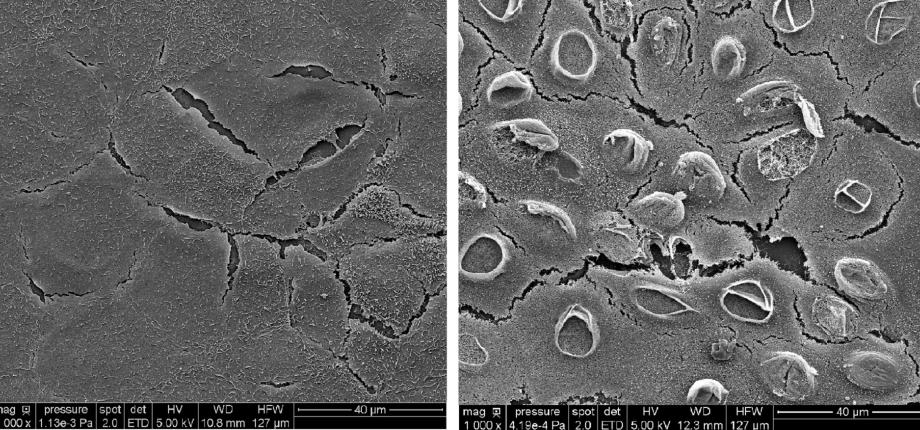Observing water in cells can help monitor anti-cancer therapies that use light

This text is a translation of the text published in French on the CNRS website. Scientists from the Optics and Biosciences Laboratory (LOB*) have taken part in this study.
Terahertz spectroscopy is a physical technique widely used to characterise materials using electromagnetic waves. In a frequency range that varies from a few hundred gigahertz to a few terahertz (THz), it is associated with a strong response from water, opening up potential applications for biological studies of water-rich tissues and cells. Unlike other imaging techniques, the radiation used in THz spectroscopy to probe the sample is harmless to biological tissue because it does not physically interact with it.
Thanks to this spectroscopy, an interdisciplinary consortium of French physicists, chemists and biologists has recently visualised and quantified the early phenomena occurring at the cell membrane level following anti-cancer treatment with photodynamic therapy (PDT). Still relatively new in France, this treatment uses photosensitive molecules. In the absence of light excitation, these molecules are non-toxic and inactive. However, when activated by light and in the presence of oxygen, they generate local oxidative stress, which can lead to cell death in the case of anti-cancer medical applications.
Scientists from the Laboratoire des Interactions moléculaires et réactivité chimique et photochimique (CNRS/Université Toulouse III - Paul Sabatier), the Optics and Biosciences Laboratory (CNRS/INSERM/Institut Polytechnique de Paris) and the Centre de microscopie électronique appliquée à la biologie (Université Toulouse III - Paul Sabatier) carried out these physical measurements using THz spectroscopy in parallel with the usual biological experiments in the laboratory. The effect of photodynamic therapy on cancer cells was thus demonstrated. The results obtained show that THz spectroscopy offers real added value in terms of monitoring treatment compared with reference biological approaches. Firstly, it enables the evolution of cellular responses to be observed from the start of light irradiation, by monitoring intracellular water content in real time over several hours. By monitoring the number of defects (holes) created in the membrane of cancer cells, it also provides a quantitative estimate of the damage caused by local oxidative stress during photodynamic therapy. THz spectroscopy is therefore a promising technique that complements traditional and established biological studies and techniques.
These results, to be found in the journal Advanced Science, open up new prospects for understanding biological phenomena that lead to modulation of the cell's water content, as in the case of cancer treatment using photodynamic therapy.













